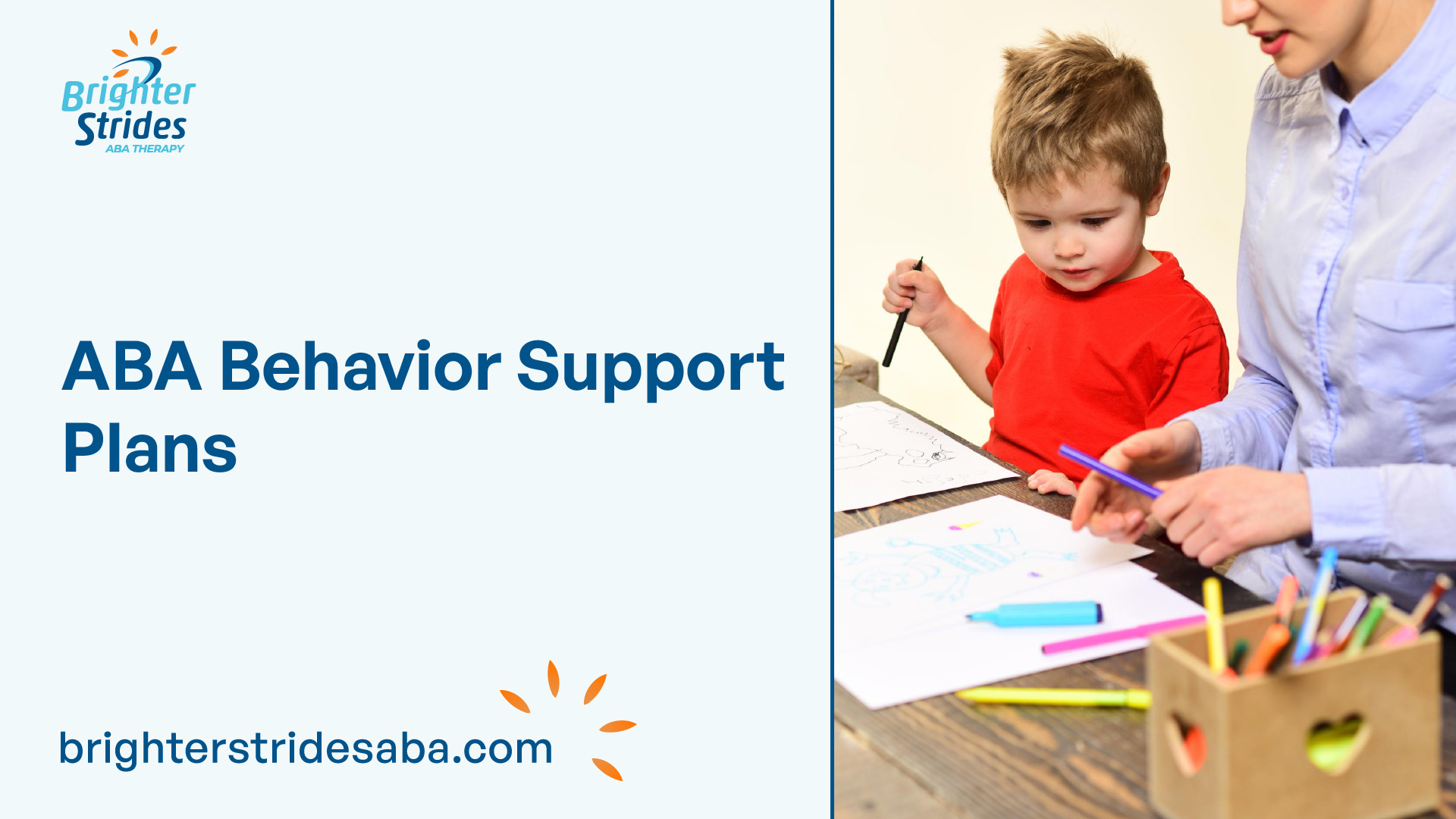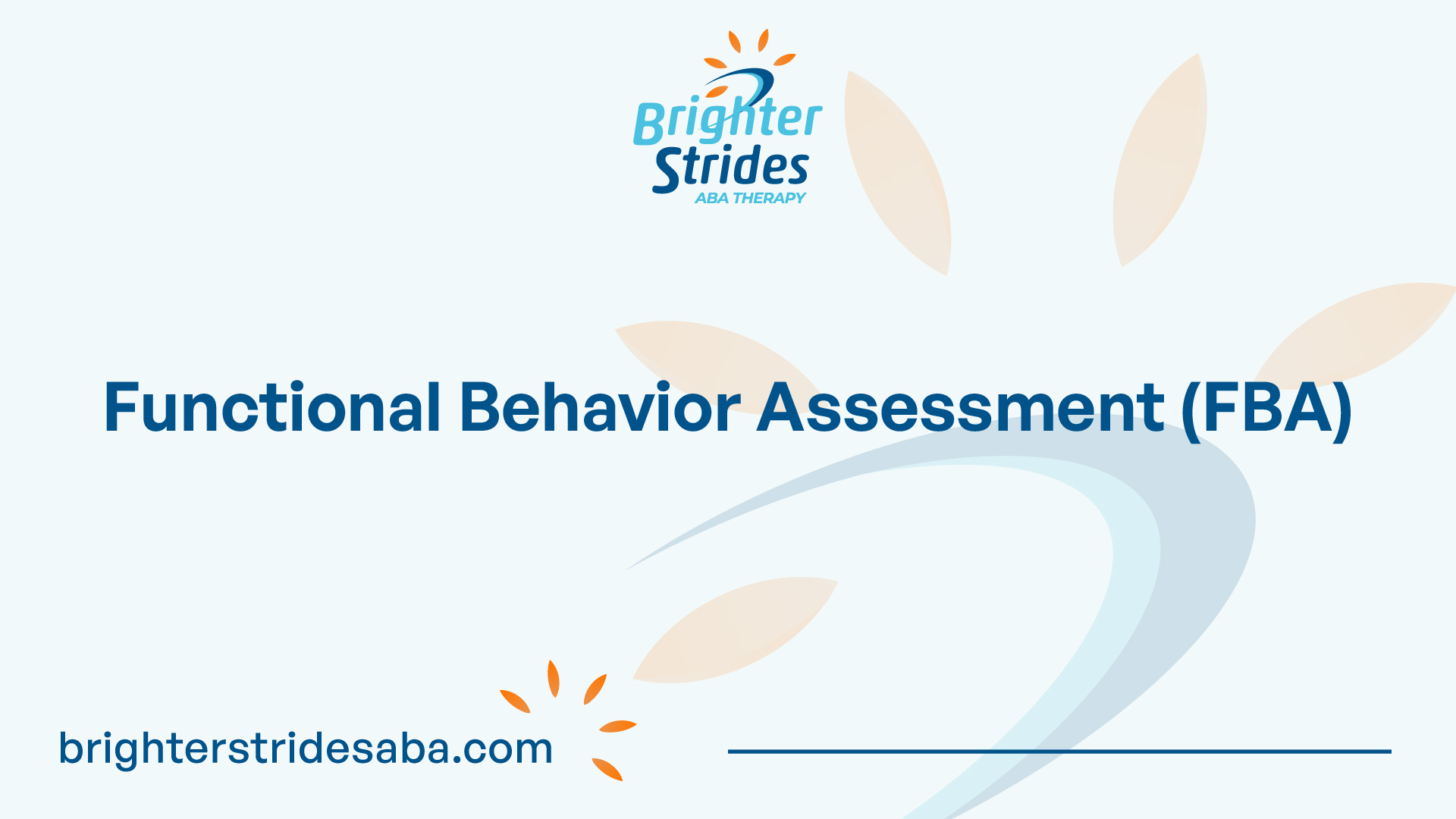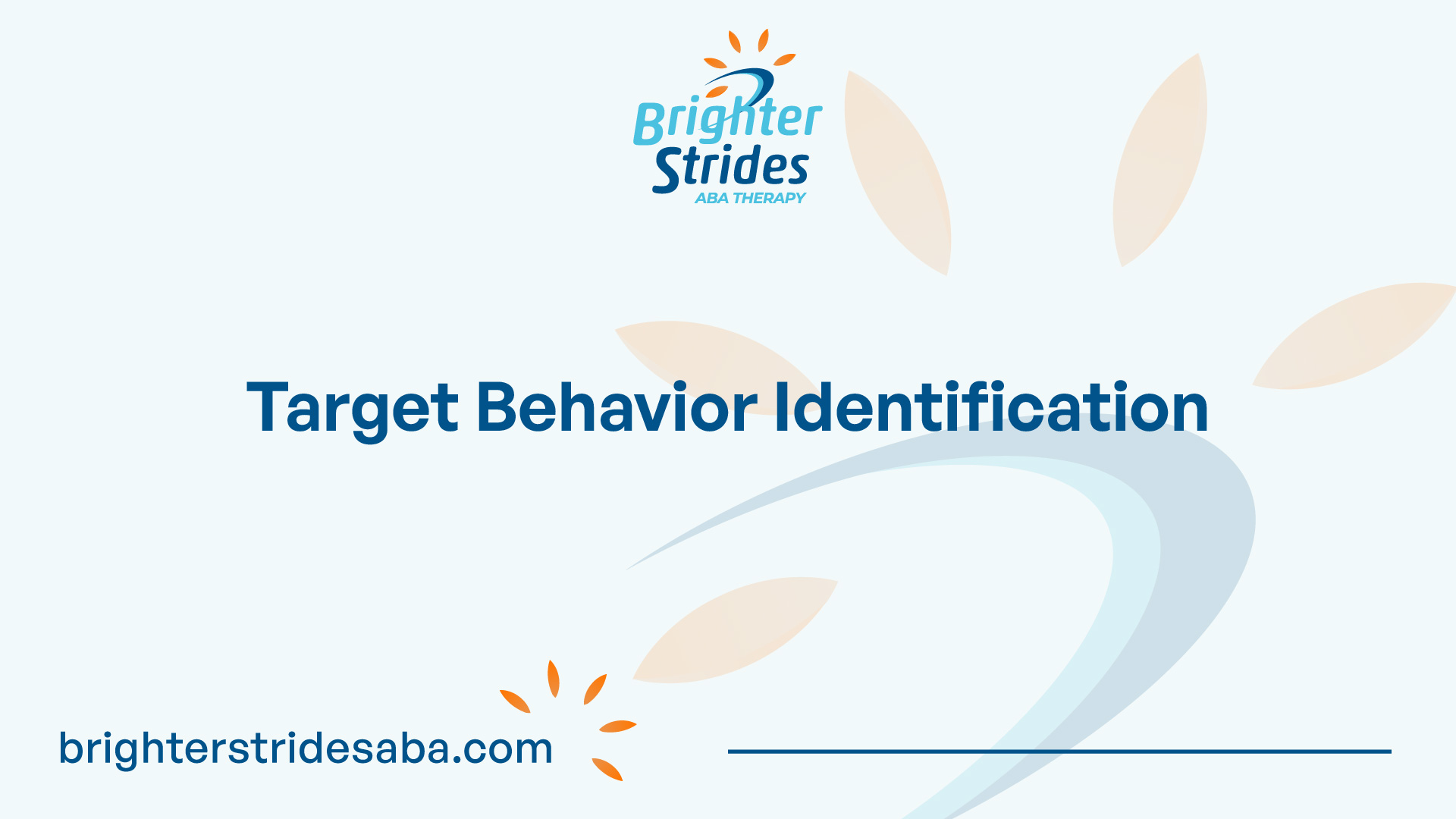
Understanding Behavior Support Plans
Behavior support plans are an integral part of Applied Behavior Analysis (ABA) and play a crucial role in promoting positive behavior change. To develop effective behavior support plans, it is essential to understand the importance of data collection and the various methods used in ABA.
Importance of Data Collection
Data collection is a fundamental aspect of ABA and serves as the backbone for tracking progress, making data-driven decisions, and modifying behavior support plans effectively. Collected data provides valuable insights into behavior patterns, triggers, and the effectiveness of interventions. By systematically collecting data, ABA professionals can monitor behavior change over time and measure the impact of their interventions [1].
Supervisors in ABA rely on collected data to analyze patterns, identify triggers for behaviors, and make informed decisions regarding interventions and adjustments to behavior support plans [1]. The data collected provides a comprehensive view of the individual’s progress, allowing for evidence-based decision-making and individualized treatment planning.
Types of Data Collection Methods
In ABA, various data collection methods are utilized to gather information about behavior and the factors that influence it. These methods include:
- Direct Observation: Direct observation involves systematically observing and recording behavior in real-time. It provides a detailed account of the behavior, antecedents, and consequences.
- ABC Data Collection: The Antecedent-Behavior-Consequence (ABC) data collection method focuses on recording information about the events that occur before and after the target behavior. It helps clinicians and specialists identify patterns and formulate behavioral support plans.
- Scatterplot Data Collection: Scatterplot analysis involves tracking the occurrence of behaviors throughout the day. By noting the time and frequency of behaviors, ABA professionals can identify potential triggers based on time blocks where behaviors occur more frequently. This method helps to uncover patterns and guide intervention strategies.
- Interval Recording: Interval recording involves dividing the observation window into blocks of time and noting whether the behavior occurs within each time frame. This method is useful when constant attention is not feasible and provides insights into behavior patterns within specific time intervals.
By employing these data collection methods, ABA professionals can gather accurate and reliable information about behavior, antecedents, and consequences. This data serves as the foundation for creating actionable behavioral support strategies to decrease negative behaviors and increase positive behaviors. It allows for benchmarking the effectiveness of programs over time and making adjustments to behavior support plans based on incoming data.
Understanding the importance of data collection and utilizing appropriate methods enables ABA professionals to effectively assess and address target behaviors, leading to improved outcomes for individuals receiving ABA therapy.
Behavior Intervention Plans (BIP)
Behavior Intervention Plans (BIPs) play a crucial role in ABA therapy and are an essential tool for behavior change and improvement. These plans serve as a blueprint for changing behavior, guiding treatment, and ensuring consistent responses to behaviors [3]. They are designed to address challenging behaviors by implementing interventions based on the hypothesized or demonstrated function of the behavior, with the goal of reducing or replacing those behaviors.
Purpose and Components
The primary purpose of a Behavior Intervention Plan (BIP) is to outline strategies that prevent the recurrence of problem behaviors, teach the individual alternative behaviors, reinforce appropriate behaviors, and set measurable behavior goals. A well-written behavior plan doesn’t just focus on changing the learner’s behavior; it also aims to change the behavior of the adults who interact with the learner. The plan recognizes that behavior change occurs when the environment changes, and consistent responses from caregivers and professionals are crucial.
A comprehensive BIP consists of several important components. These include:
- Behavior Definition: Clearly defining the target behavior is essential to ensure everyone involved understands the behavior being addressed. An operational definition is used to describe the behavior in observable and measurable terms.
- Functional Behavior Assessment (FBA): An FBA is often conducted as part of the process to develop a BIP. It involves analyzing the antecedents (triggers) and consequences (reinforcements) of the behavior and identifying the function or purpose it serves for the individual. This assessment helps determine the underlying reasons for the behavior and informs the selection of appropriate interventions.
- Replacement Behavior: A BIP should include a clear description of the alternative behavior that is desired or acceptable. The replacement behavior should serve the same function as the problem behavior, ensuring the individual’s needs are met in a more appropriate way.
- Intervention Strategies: This section outlines the specific strategies and techniques to be used to address the problem behavior and teach the replacement behavior. It may include a variety of ABA therapy techniques, such as Discrete Trial Training (DTT), Antecedent-based Interventions (ABI), and Extinction Techniques, among others.
- Data Collection and Monitoring: A BIP should include a data collection protocol to ensure ongoing monitoring and measurement of behavior change. This helps track progress, evaluate the effectiveness of the interventions, and make adjustments as needed.
Creation and Implementation
Behavior experts, such as board-certified behavior analysts (BCBAs) or assistant behavior analysts, are responsible for creating and implementing Behavior Intervention Plans (BIPs). These professionals receive specific training in developing and implementing behavior plans and work closely with stakeholders, including the child, family members, and other professionals involved with the child’s care [4].
The process of creating a BIP typically involves conducting a thorough functional behavior assessment (FBA) to understand the function of the problem behavior and identify appropriate replacement behaviors. The BIP is then personalized based on the specific needs and behaviors of the individual. It is important to note that a formal, written plan is often required if ABA therapy is funded through an insurance company or if the behavior threatens the child’s current school placement and is a manifestation of the child’s disability, as mandated by the Individuals With Disabilities Education Act (IDEA).
Once the BIP is developed, it is implemented by caregivers, educators, and other professionals involved in the individual’s care. Consistency and collaboration among all stakeholders are critical for the success of the BIP. Ongoing data collection and periodic review of the plan help assess its effectiveness and make any necessary adjustments to ensure continued progress.
By utilizing a Behavior Intervention Plan (BIP), individuals receiving ABA therapy can effectively replace problem behaviors with more appropriate alternatives. These plans are tailored to the unique needs of each individual, ensuring that interventions are specific, measurable, and effective in promoting positive behavior change.

Functional Behavior Assessment (FBA)
In the field of Applied Behavior Analysis (ABA), a Functional Behavior Assessment (FBA) is a crucial process used by professionals to identify behaviors that need to be altered, determine the purpose of these behaviors, and understand the factors that maintain them. It serves as the foundation for developing effective behavior support plans.
Differentiating FA and FBA
While the terms “Functional Analysis (FA)” and “Functional Behavior Assessment (FBA)” are sometimes used interchangeably, it’s important to understand the distinction between the two. FA is a more controlled and rigorous process that directly manipulates variables to test the effects on behavior and provides more reliable results. On the other hand, FBA involves collecting a variety of data about a behavior through direct and indirect methods such as observation, interviews, and collateral reports, without manipulating existing variables. FBA allows professionals to develop a hypothesis of the maintaining variables.
Process and Function Identification
The process of conducting an FBA begins with clearly defining the target behavior. This involves creating an operational definition that describes the behavior in observable and measurable terms. An operational definition provides clarity and consistency in identifying the behavior across different observers and settings.
Once the behavior is defined, professionals collect data to evaluate the conditions in which the behavior occurs. This includes gathering information through direct observation, interviews with individuals involved, and data collected from collaterals. The data collection methods used during an FBA help identify patterns, triggers, and potential maintaining variables.
The ultimate goal of an FBA is to determine the function or purpose of the behavior. This involves understanding why the behavior is happening and what the individual is trying to achieve through that behavior. Common functions of behavior include seeking attention, escaping or avoiding a demand or situation, obtaining a desired item or activity, or self-stimulation.
By identifying the function of the behavior, professionals can develop targeted interventions and behavior support plans that address the underlying causes and help individuals replace problem behaviors with more appropriate alternatives. These behavior support plans, including behavior intervention strategies and techniques such as Discrete Trial Training (DTT), Antecedent-based Interventions (ABI), and Extinction Techniques, are designed to promote positive behavior change and improve overall outcomes.
Functional Behavior Assessment (FBA) plays a critical role in the development of effective behavior support plans within the field of ABA. By understanding the function of behaviors and the factors maintaining them, professionals can tailor interventions to meet the unique needs of individuals and unlock their potential for success.
ABA Therapy Techniques
Applied Behavior Analysis (ABA) therapy utilizes various techniques to address behavior challenges and promote positive change. In this section, we will explore three commonly used ABA therapy techniques: Discrete Trial Training (DTT), Antecedent-based Interventions (ABI), and Extinction Techniques.
Discrete Trial Training (DTT)
Discrete Trial Training (DTT) is a fundamental teaching strategy in ABA therapy. It involves breaking down skills into small, distinct elements, and systematically teaching each element. Positive reinforcement is provided after each correct response to the discrete element being taught. DTT allows for repetition and practice of skills in a controlled and structured manner, promoting learning and skill acquisition [5].
During a discrete trial, a specific instruction or prompt is given, followed by an opportunity for the individual to respond. Correct responses are reinforced with rewards such as praise, tokens, or preferred items. Incorrect responses are gently corrected and re-taught. This process helps individuals with behavior challenges to learn new skills, enhance their abilities, and generalize those skills to various settings.
Antecedent-based Interventions (ABI)
Antecedent-based Interventions (ABI) are techniques that focus on modifying the environment to reduce the likelihood of triggering interfering behaviors. The aim is to set up the individual for success by creating an environment that promotes positive behavior and minimizes the occurrence of challenging behaviors. ABI strategies may include offering choices to reduce defiance, creating a distraction-free learning environment, or providing visual supports to enhance understanding and compliance [5].
By addressing the antecedents or events that occur before a behavior happens, ABI aims to prevent or reduce the occurrence of unwanted behaviors. This proactive approach helps individuals with behavior challenges to develop appropriate responses and engage in more desirable behaviors.
Extinction Techniques
Extinction is a therapeutic technique in ABA aimed at reducing or eliminating challenging behaviors. It involves ceasing any form of reinforcement for the targeted behavior, making the behavior fail to achieve its intended outcome. Over time, the behavior becomes less frequent and eventually diminishes. Extinction is based on the principle of removing reinforcements, essentially ignoring challenging behaviors.
Extinction is especially useful for addressing attention-seeking behaviors. By not providing the expected attention or reaction to challenging behaviors, individuals gradually learn that those behaviors no longer yield the desired results. It is important to note that extinction should be implemented under the guidance of a qualified behavior analyst to ensure it is applied correctly and ethically.
By employing techniques such as Discrete Trial Training (DTT), Antecedent-based Interventions (ABI), and Extinction Techniques, ABA therapy helps individuals with behavior challenges develop new skills, reduce unwanted behaviors, and improve their overall quality of life. Each technique is tailored to meet the unique needs of the individual and is implemented under the guidance of trained professionals.

Target Behavior Identification
When developing ABA behavior support plans, one of the crucial steps is identifying the target behaviors to be addressed. This process involves creating operational definitions and identifying observable and measurable behaviors.
Operational Definitions
In the field of special education and ABA, it is important to create an operational definition of the behavior being observed. An operational definition allows for consistency in data collection and helps professionals clearly communicate what a specific behavior looks like. Operational definitions provide a clear and agreed-upon description of the behavior, ensuring consistency in its identification and measurement.
Operational definitions in psychology should be clearly observed and measured. If there is any uncertainty about the definition being clear and agreed upon, more details should be added to ensure consistency and understanding among educators [6]. By establishing operational definitions, educators and professionals can effectively communicate and track the behaviors they are targeting.
Observable and Measurable Behaviors
When identifying target behaviors for ABA behavior support plans, it is crucial to focus on behaviors that are observable and measurable. Observable behaviors are those that can be seen and detected by anyone in the classroom or therapeutic setting. Measurable behaviors are those that can be counted or quantified [6].
The definition of the target behavior should be clear and concise, allowing for consistent data collection. By ensuring that behaviors are observable and measurable, educators and professionals can track progress and determine the effectiveness of interventions.
To avoid becoming overwhelmed, it is recommended to focus on one or two target behaviors at a time. This allows for a more focused approach to intervention and allows for accurate data collection and analysis. Creating a dedicated data sheet to track the occurrences of the observed behaviors is essential for effective behavior intervention [6].
By establishing operational definitions and identifying observable and measurable behaviors, ABA professionals can effectively target and address specific behaviors in behavior support plans. This process allows for consistent data collection, measurement, and intervention, ultimately leading to the desired behavior change and progress.
Behavior Intervention Strategies
When implementing behavior support plans in ABA, various strategies can be employed to promote positive behavior change. In this section, we will explore three effective behavior intervention strategies: redirection and modeling, behavior contracts, and benchmarking and adjustments.
Redirection and Modeling
Redirection is a valuable technique in ABA that involves steering an individual’s focus away from undesirable behaviors towards positive alternatives. This technique is particularly useful when working with individuals, especially autistic children, who engage in disruptive behaviors. By redirecting their attention, ABA professionals can help individuals shift their behavior to more appropriate actions.
Modeling is another versatile teaching technique used in ABA. It involves demonstrating desired behaviors for individuals to imitate, providing them with visual and experiential learning opportunities. Modeling can be highly effective, as it allows individuals to observe and learn from the demonstrated behaviors rather than relying solely on verbal instructions. This technique can be tailored to meet individual needs and is beneficial for a wide range of behavioral goals [7].
Behavior Contracts
Behavior contracts take a formal approach to behavior modification in ABA. These contracts outline expected behaviors, associated rewards or consequences, and are particularly effective in addressing behavioral disorders, including disruptive behaviors. They serve as written agreements between the individual and another party, often a therapist or caregiver, clearly defining the expectations for ideal behavior. By setting clear guidelines and consequences, behavior contracts provide individuals with a framework for understanding and achieving behavioral goals [7].
Benchmarking and Adjustments
In ABA, professionals use data collection to create actionable behavioral support strategies that aim to decrease negative behaviors or increase positive behaviors. Benchmarking the effectiveness of programs over time is crucial for assessing behavior change and determining the need for adjustments. ABA practitioners collect data using various methods, such as direct observation and structured interviews, to measure behavior and track progress [2].
By continuously collecting data and monitoring progress, ABA professionals can make informed decisions about the effectiveness of behavior support plans. This allows them to adjust strategies and interventions as needed to maximize the desired outcomes. Multiple hypotheses may be formed based on the data collected, and program strategies can be modified accordingly to optimize behavior change [2].
Implementing behavior intervention strategies, such as redirection and modeling, behavior contracts, and benchmarking with adjustments, can greatly enhance the effectiveness of behavior support plans in promoting positive behavior change. These strategies, when applied in a systematic and individualized manner, provide individuals with the necessary tools and support to achieve their behavioral goals.

 We've just released an article!
Check out our blog!
We've just released an article!
Check out our blog!



